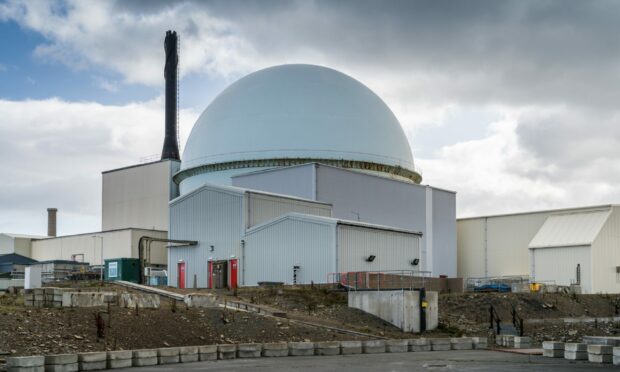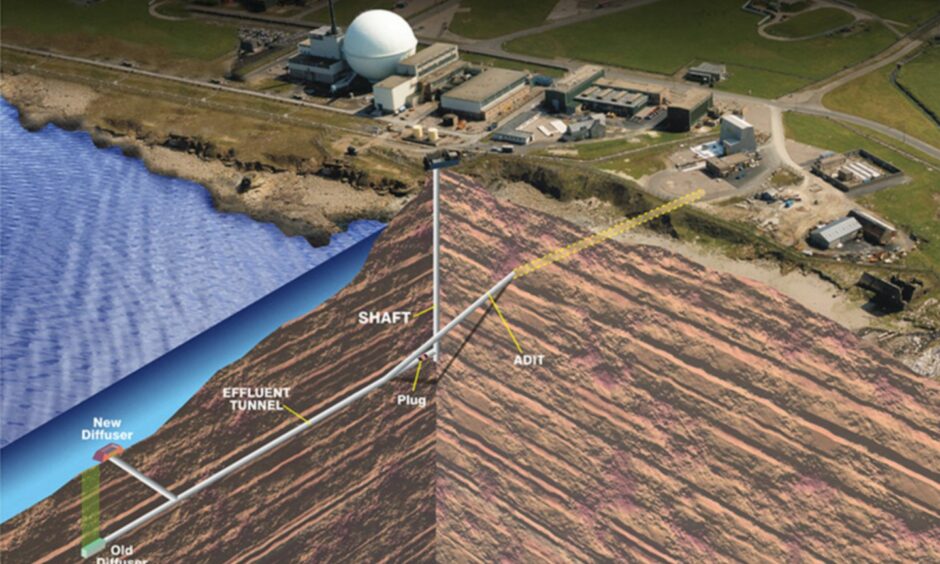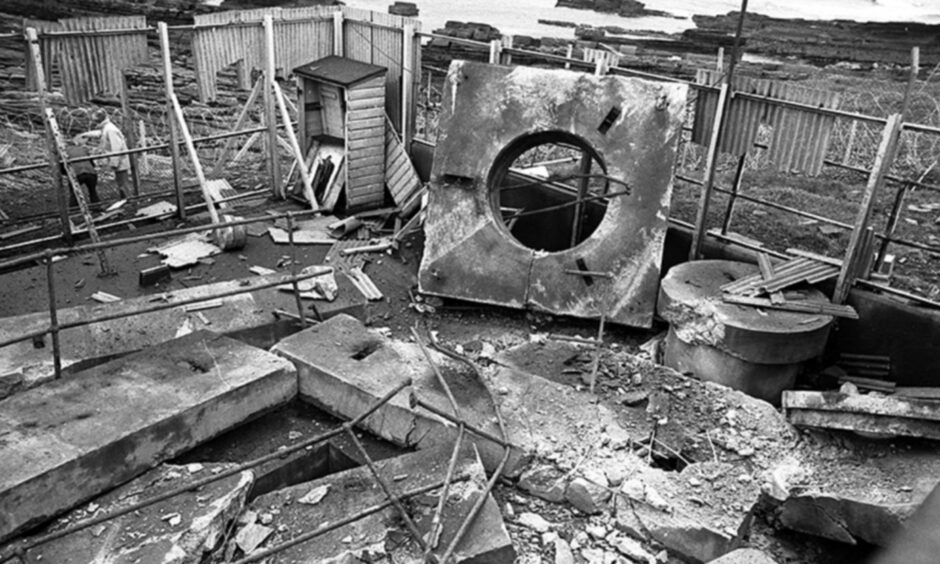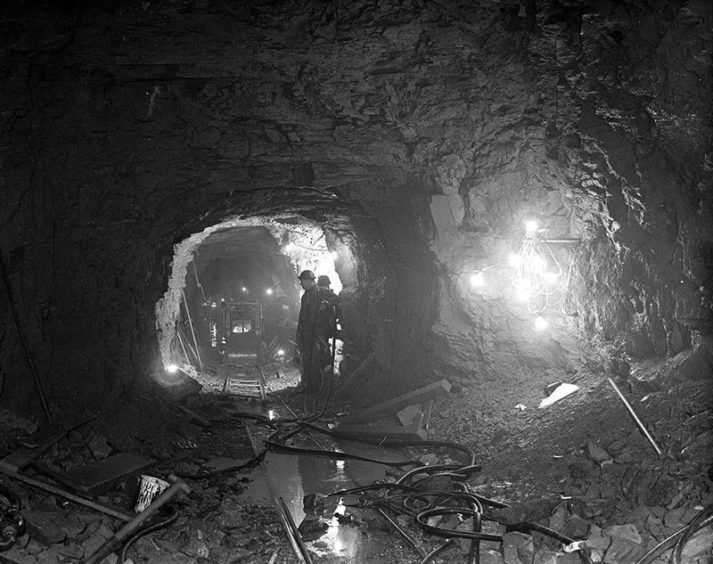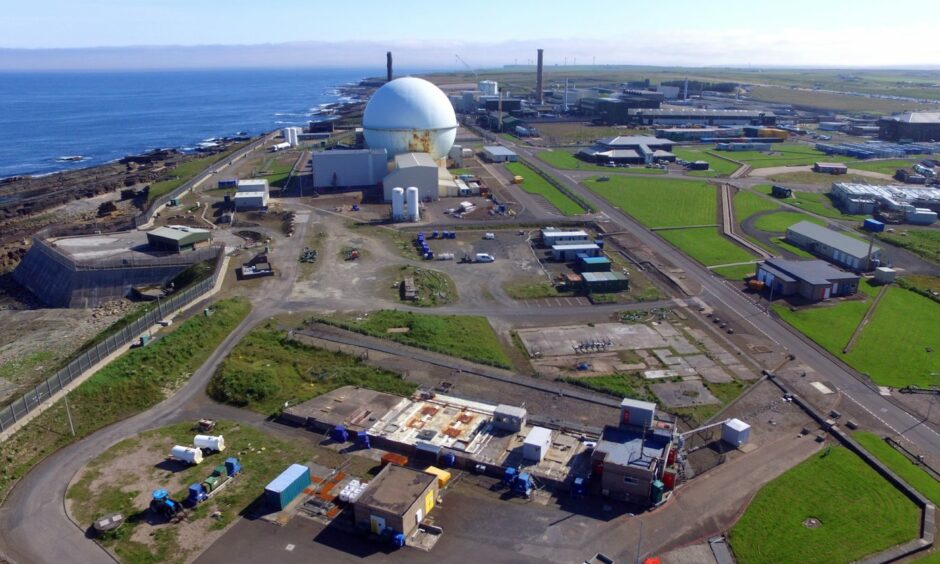Work on the world’s deepest nuclear clean-up has started at Dounreay.
It will involve retrieving dumped radioactive waste from a 214ft shaft dug under the Caithness site in the 1950s.
The project is regarded as one of the most complex decommissioning jobs at the former fast reactor nuclear power development facility.
It will also include the clean-up of a silo, which like the shaft, contains contaminated solid waste and sludge.
Site owner, the Nuclear Decommissioning Authority (NDA), said the project, being carried out by its wholly-owned subsidiary Dounreay Site Restoration (DSRL), was at the “enabling phase.”
Last year, DSRL awarded a £7.5million contract for the “advanced transition works” at the shaft and silo to Nuvia and Graham Construction.
It involves re-routing of existing services as well as construction and demolition work.
Project manager Kirstin Polson said: “Cleaning out the legacy waste from the shaft and silo is one of the most significant decommissioning projects at Dounreay.
We are now at the enabling phase of this major project to retrieve the waste using remote equipment in a specially designed facility, and to process it for long-term safe storage.”
Radioactive waste was disposed of in the shaft from 1959 until 1977, when an explosion ended the practice.
In 2007, in a “world first” for Dounreay, it was encased in a boot-shaped ring of concrete to prevent large volumes of ground water flowing in and becoming contaminated.
A number of myths surround the shaft, which is 15ft wide in places, including one that an unwanted car was dumped there.
According to another, a former worker dropped his mother-in-law’s ashes down it to fulfil her wish for them to be scattered somewhere unusual.
The waste silo at the site has been described as being like a swimming pool with a concrete roof.
Dounreay Nuclear Power Development Establishment was formed in 1955, to pursue the UK Government policy of developing civil fast breeder reactor (FBR) technology, and was operated by the United Kingdom Atomic Energy Authority (UKAEA).
The UKAEA built three nuclear reactors at the facility, two of which were FBRs and the third a thermal research reactor used to test construction materials subject to high radiation levels for the programme.
Dounreay, remote from large centres of population, was chosen as the reactor location for safety reasons.
The site was managed by DSRL from 2012 until it was take over by the NDA recently.
Last August, the NDA said it would be around 2333 before the 148-acres of land it covers will be safe for reuse.
It was announced last month that cleaning up the site and its surrounding area could become quicker and cheaper following a breakthrough by scientists.
Researchers said that, for the first time, they had been able to “measure the unmeasurable” to identify whether minute traces of radioactive plutonium were bred in reactors or came from general global pollution.
